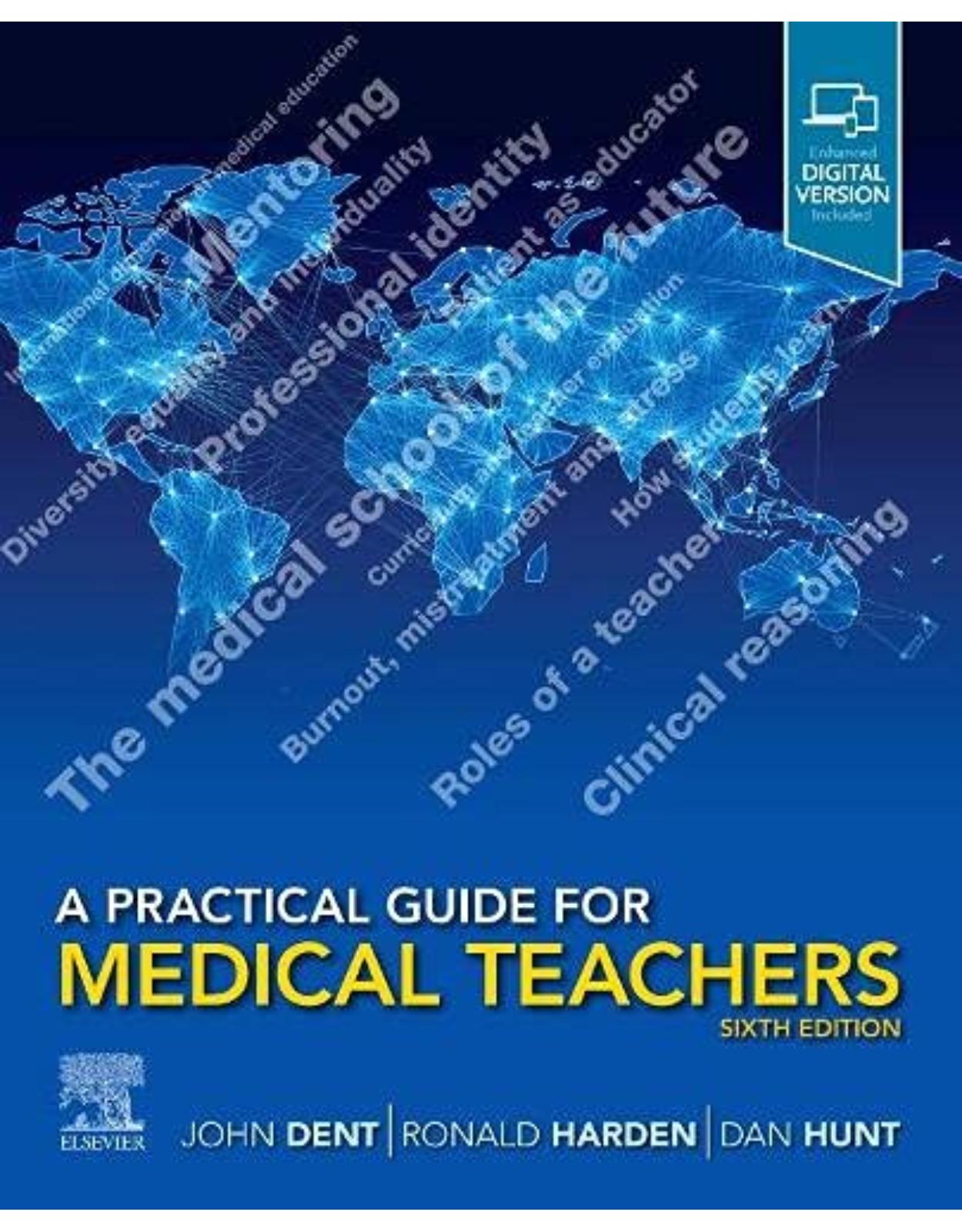
A Practical Guide for Medical Teachers
Livrare gratis la comenzi peste 500 RON. Pentru celelalte comenzi livrarea este 20 RON.
Disponibilitate: La comanda in aproximativ 4 saptamani
Editura: Elsevier
Limba: Engleza
Nr. pagini: 496
Coperta: Paperback
Dimensiuni: 19.05 x 23.5 cm
An aparitie: 7 Jun. 2021
Description:
Highly regarded in the field of medical education, A Practical Guide for Medical Teachers provides accessible, highly readable, and practical information for those involved in basic science and clinical medicine teaching. The fully updated 6th Edition offers valuable insights into today’s medical education. Input from global contributors who offer an international perspective and multi-professional approach to topics of interest to all healthcare teachers. With an emphasis on the importance of developing educational skills in the delivery of enthusiastic and effective teaching, it is an essential guide to maximizing teaching performance.
Offers comprehensive, succinct coverage of curriculum planning and development, assessment, student engagement, and more.
Includes 10 new chapters that discuss the international dimension to medical education, clinical reasoning, the roles of teachers, mentoring, burnout and stress, the patient as educator, professional identity, curriculum and teacher evaluation, how students learn, and diversity, equality and individuality.
Delivers the knowledge and expertise of more than 40 international contributors.
Features helpful boxes highlighting practical tips, quotes, and trends in today’s medical education.
Table of Contents:
Section 1: Curriculum Development
1. The Medical School of the Future
Key concepts
Introduction
Medical education challenges
The trends recognized before the current Coronavirus pandemic
Changes proposed or required after the Coronavirus pandemic
Summary
References
2. Curriculum Planning and Development
Key concepts
Introduction
What is a curriculum?
Summary
References
3. The Undergraduate Curriculum
Key concepts
Introduction
Forces shaping the curriculum
Critical components of the undergraduate medical education programme as they relate to the continuum of medical education
Summary
References
4. Postgraduate Medical Education: A ‘Pipeline’ to Competence
Key concepts
Introduction
Key elements of postgraduate medical education programmes
Education components of postgraduate medical education programmes
A resident perspective on postgraduate medical education
Summary
References
5. Continuing Professional Development
Key concepts
Introduction
Continuing professional development: a professional and ethical obligation
Continuing professional development evolution
A proposed model for knowledge transfer in continuing professional development
The future of continuing professional development: technology and disruptive innovation
Continuing professional development: from good to great
Summary
References
6. The Hidden Curriculum
Key concepts
Introduction
Historical context
Definitions and metaphors
Applications: exploring/assessing the hidden curriculum
Student mistreatment: a case study in applying the HC lens
Summary
References
7. The International Dimension of Medical Education
Key concepts
Introduction
Internationalization of medical curricula
Educating the global physician
Internationalization of distant curricula
Setting standards
Educational trends and their challenges
The way forward
Summary
References
Section 2: Learning Situations
8. How Students Learn
Key concepts
Introduction
Assumptions around learning
Multiple definitions of learning
Learning theories and strategies
Learning styles
Learning approaches and contexts
Summary
References
9. Lectures
Key concepts
Lectures in medical teaching
Introduction
Pros and cons of lectures as a primary learning event
Learning in a lecture environment
Organizing a lecture
Teaching materials
Active learning in the lecture hall
Summary
References
10. Learning in Small Groups
Key concepts
Introduction
What is a small group?
When to use small groups
How to effectively conduct a small group learning session
Summary
References
11. Clinical Teaching
Key concepts
Introduction
The ‘learning triad’
Educational strategies for clinical teaching
Strategies for inpatients
Strategies for outpatients
Educational strategies applicable to all clinical settings
Hospital ward opportunities—models for managing learning in the ward
Ambulatory care opportunities
Assessment of clinical learning
Staff development
Summary
References
12. Learning in Urban and Rural Communities
Key concepts
Introduction
Learning medicine in community settings
Block rotations, prolonged attachments and continuity experiences
The patient-doctor relationship
Social and cultural dimensions
Adaptive expertise and generalism
Clinical decision making in the community setting
Learning with and from others
Clinical learning in rural and urban community settings—similarities and differences
Learning medicine where graduates are expected to practice
The medical teacher’s role
Practical examples
Research
Summary
References
13. Learning in Longitudinal Integrated Clerkships
Key concepts
Introduction
Defining Lics
History
Rationale
Learning imperatives
Professional imperatives
Health system imperatives
Societal imperatives
Model types
Generalist model longitudinal integrated clerkships
Multispecialty ‘streams’ model longitudinal integrated clerkships
Impact of longitudinal integrated clerkships
Developing and sustaining longitudinal integrated clerkships
Summary
References
14. Learning in a Simulated Environment
Key concepts
Introduction
Background
Simulation as design
Simulated patients
Simulated patient methodology and trends in medical education
Fundamental concepts in simulated patient methodology
Discourses of clinical competence
Scope of simulated participants practice
Hybrid simulations
Patients’ voices
Qualities of simulated patients
Supporting simulated patients in role portrayal and feedback
Simulation technology
Physical models
Immersive simulators
Hybrid simulators
Current and future trends
Simulation in the 21st century
Summary
References
15. Independent Learning and Distance Education
Key concepts
Introduction
The terms that describe learner control of learning
Importance of being an independent learner
Characteristics of independent learners
The challenge of developing independent learners
Important approaches for facilitating development include
The digital world and distance learning by the independent learner
Digital literacies for independent learning and distance learning
Future trends in independent learning and distance learning
Summary
References
Section 3: Educational Strategies and Technologies
16. Outcome-Based Education
Key concepts
Introduction
The trend towards outcome-based education
Why the move to outcome-based education?
Implementation of outcome-based education
Implementing outcome-based education
Myths about outcome-based education
Summary
References
17. Integrated Learning
Key concepts
Introduction
What is meant by integration?
Rationale for integrated learning
Curricular/program integration
Horizontal versus vertical integration
Course level versus session level integration and the benefits of causal networks
Strategies to achieve integrated learning at the session level
Assessment in an integrated curriculum
Challenges to integration
Summary
References
18. Interprofessional Education
Key concepts
History and developments
Interprofessional education and collaborative practice
Evidence for the effectiveness of interprofessional education
Theories underpinning interprofessional education and interprofessional collaborative practice
Curriculum development
Learning outcomes and accreditation
Learning activities
Assessment
Faculty development for interprofessional education
Overcoming challenges
Summary
References
19. Problem-Based Learning
Key concepts
Introduction
Problem-based learning: philosophy, principles and techniques
A traditional perspective on problem-based learning
Different shapes of problem-based learning
Reflection on problem-based learning as a family of related approaches
Summary
References
20. Team-Based Learning
Key concepts
What is team-based learning?
What makes team-based learning work?
Instructor wrap-up
Summary
References
Online resources
21. Digital Technologies in Medical Education
Key concepts
Introduction
Technology as medium
Technology as context
Technology as outcome
Technology as intelligence
Summary
References
Further reading
Section 4: Curriculum Themes
22. Relevance of Foundational Sciences to the Curriculum
Key concepts
Introduction
The changing medical curriculum
The active learning environment
Use of reflective practice, critical thinking and clinical reasoning
Innovations in teaching foundational sciences
Foundational science integration throughout the curriculum
Nontraditional discipline-independent foundational science skills
Learning foundational science outside curricular structure
Summary
References
23. Social and Behavioural Sciences in Medical School Curricula
Key concepts
Introduction
Why are the Social and Behavioural Sciences important in medicine?
What topics should be included in the curriculum?
Where and when should Social and Behavioural Sciences be presented in the curriculum?
Who should do Social and Behavioural Sciences teaching design and delivery?
How can Social and Behavioural Sciences be learnt, taught, and assessed?
Assessment
How do we implement a Social and Behavioural Sciences curriculum?
Summary
References
Further Reading
24. Clinical Communication Skills
Key concepts
Introduction
Using role play (simulation)
The wider context
Professionalism
Summary
References
Appendix 1
25. Ethics, Empathy and Attitudes
Key concepts
Introduction
Critical challenges
Undergraduate education
Assessment of ethical and professional attitudes
The special nature of attitudes
Summary: effecting culture shift
References
26. Professionalism
Key concepts
Introduction
Defining professionalism
Setting expectation: agreeing a framework for professionalism
Developing a culture of professionalism: role modelling and the hidden curriculum
Digital professionalism
Educating faculty on social media
Assessing professionalism
Summary
References
27. Medical Research (in General) and Evidence-Based Medicine
Key concepts
Introduction
What is evidence-based medicine?
Evolution of evidence-based medicine
Implications for medical teachers
Summary
References
28. Patient Safety and Quality of Care
Key concepts
Introduction
Introduction to patient safety
Introduction to healthcare quality
Teaching healthcare quality and patient safety
Summary
References
29. Medical Humanities
Definitions
Introduction
What are the medical humanities?
How do the medical humanities contribute to medical education?
Curriculum structure: Hong Kong University medical humanities programme case example
What are some practical considerations and challenges?
Summary
Acknowledgement
References
30. Integrative Medicine in the Training of Physicians
Key concepts
Introduction
Integrative medicine in undergraduate medical education
Clerkships
Integrative medicine in graduate medical education
Summary
References
31. Clinical Reasoning
Key concepts
Introduction
Theories underlying the teaching of clinical reasoning
Lesson 1. Teaching clinical reasoning must emphasize the development of detailed, content-specific, organized knowledge
Lesson 2. Clinical reasoning requires multiple strategies and flexibility in strategy use
Lesson 3. Clinical reasoning expert performance requires prolonged and deliberate practice
Lesson 4. Motivation and emotion impact on clinical reasoning
Lesson 5. Clinical reasoning is context-specific
Summary
References
32. Medical Education in an Era of Ubiquitous Information
Key concepts
Introduction
Data, information, and knowledge
Healthcare in the digital age (and biomedical knowledge in the cloud)
The digital native learner
Three key competencies at a time of ubiquitous information and educational strategies to support the digital learner
Metacognition and sensing gaps in one's knowledge
Information retrieval and the ability to form an appropriate question
Evaluating and weighing evidence to make decisions; recognizing patients and interprofessional colleagues as additional sources of information
Summary
References
Section 5: Assessment
33. Concepts in Assessment Including Standard Setting
Key concepts
Introduction
Measurement theories
Types of assessment
Qualities of good assessment
Validity theory
Score interpretation
Score equivalence
Standards
Self-assessment
Objective versus subjective assessments
Summary
References
34. Written Assessments
Key concepts
Introduction
Response formats
Stimulus formats
Summary
References
35. Performance and Workplace Assessment
Key concepts
Introduction
Assessments of clinical competence
Assessing performance in the workplace
Outstanding issues in performance assessment
Summary
References
36. Portfolios, Projects and Theses
Key concepts
Introduction
The objectives and contents of portfolios
Success factors for portfolios
Portfolio assessment
Thesis and project circle
Summary
References
37. Feedback, Reflection and Coaching: Tools for Continuous Learning
Key concepts
Introduction
Feedback
Reflection
Coaching
Summary
References
38. The Assessment of Attitudes and Professionalism
Key concepts
Why assess professionalism? Setting the boundaries
What do we mean by professionalism? Agreeing the definition
When should professionalism be assessed?
How should professionalism be assessed?
The tools
Cognition: Knows
Tools across the continuum—a portfolio of professionalism
Summary
References
39. Programmatic Assessment
Key concepts
Introduction
The traditional approach
Programmatic assessment
An example
Conclusion
Summary
References
Section 6: Staff
40. The Roles of the Medical Teacher
Key concepts
The changing roles of the medical teacher
The teacher as an information provider and coach
The teacher as a facilitator and mentor
The teacher as a curriculum developer and implementer
The teacher as an assessor and diagnostician
The teacher as a role model as teacher and practitioner
The teacher as a manager and leader
The teacher as a scholar and researcher
The teacher as a professional
Summary
References
41. The Teacher as a Scholar
Key concepts
Introduction
Broadening the definition of teacher scholar/criteria for teacher scholar
Summary
References
Online resources
42. Staff Development
Key concepts
Introduction
Common practices and challenges
Designing a staff development programme
Determine appropriate goals and priorities
Summary
References
43. Mentoring
Key concepts
Introduction
Definitions
Benefits of mentoring
Approach to mentoring: balancing support–challenge–vision
Roles and tasks of a mentor
Types of mentoring relationships
Stages of a mentoring relationship
Challenges in mentoring
Designing effective mentoring programmes
Evaluating mentoring and mentoring programmes
Summary
References
Further reading
44. Burnout, Mistreatment and Stress
Key concepts
Introduction
Stress
Burnout
Preventing and recovering from stress and burnout
Compassion
Does compassion lead to weakness or unfairness?
Self-compassion
Mistreatment and addressing the wider systems
Teaching compassion with compassion
An exercise in attentiveness (designed by Anne-Birgitta Pessi, University of Helsinki)
Growing discernment
Action
Helping students to stay well
‘Questions in a hat’, ‘Blether’ at Black Medicine, and “Am I the only one?”
Medical humanities
Role modelling
Summary
References
45. The Patient as Educator
Key concepts
Introduction
Patient and public involvement
Patient and public involvement in medical programme accreditation
Training and preparation of patient-educators
Spectrum of involvement of patient-educators
Educational value of involving patients as educators
Potential for expanded role of patients as educators
Case study: the Doubleday Centre for Patient Experience
Challenges facing patient-educator programmes
Future research opportunities
Summary
References
Section 7: Students & Trainees
46. Selection of Students and Trainees
Key concepts
Introduction
Errors of ignorance
Errors of purpose
Errors of conception
Errors of implementation
Errors of judgment
Summary
References
47. Students and Trainees in Need of Additional Support
Key concepts
Introduction
Identifying learners in need of support
Additional support as an identity challenge
System issues
Summary
References
48. Student Engagement in the Educational Programme
Key concepts
Introduction
Benefits of student engagement
Theoretical framework of student engagement
Student engagement in the curriculum
A stepwise approach for enhancing student engagement
How to avoid major pitfalls?
Criteria for student engagement excellence: the ASPIRE programme
Summary
References
49. Professional Identity and Career Choice
Key concepts
Introduction
Professional identity
Values
Selection
Careers choice and guidance
Summary
References
Section 8: Medical School
50. Curriculum and Teacher Evaluation
Key concepts
Introduction
Specific to faculty evaluations
Summary
References
51. Medical Education Leadership
Key concepts
Introduction
The ‘leadership triad’
Leadership theory and practice
Personal qualities and attributes
Leadership is context dependent
Leading groups and teams
A systems’ perspective
Accountability, advocacy and activism
Summary
Acknowledgements
References
52. The Medical Teacher and Social Accountability
Key concepts
Introduction
Social accountability of medical schools
Medical teachers and social accountability
Medical teachers comprehensive roles in socially accountable medical schools
Practical examples of medical teacher social accountability
Research
Summary
References
53. The Educational Environment
Key concepts
Introduction
The preclinical learning environment
The clinical learning environment
The physical and architectural environment
Technology-enhanced, virtual and hybrid environments
Diversity in the learning environment
Creating a safe and supportive learning environment
Evaluating and improving the learning environment
The learning environment of the future
Summary
References
54. Medical Education Research
Key concepts
Introduction
Quantitative and qualitative research
The use of theory
Mixed methods research
Reflection
Building capacity
Funding
Summary
References
55. Diversity, Equality and Individuality
Key concepts
Introduction
Theoretical background
The projects
Reflection: the two projects in comparison (Table 55.1)
Summary
References
Index
| An aparitie | 7 Jun. 2021 |
| Autor | John Dent, Ronald M. Harden, Dan Hunt |
| Dimensiuni | 19.05 x 23.5 cm |
| Editura | Elsevier |
| Format | Paperback |
| ISBN | 9780702081705 |
| Limba | Engleza |
| Nr pag | 496 |

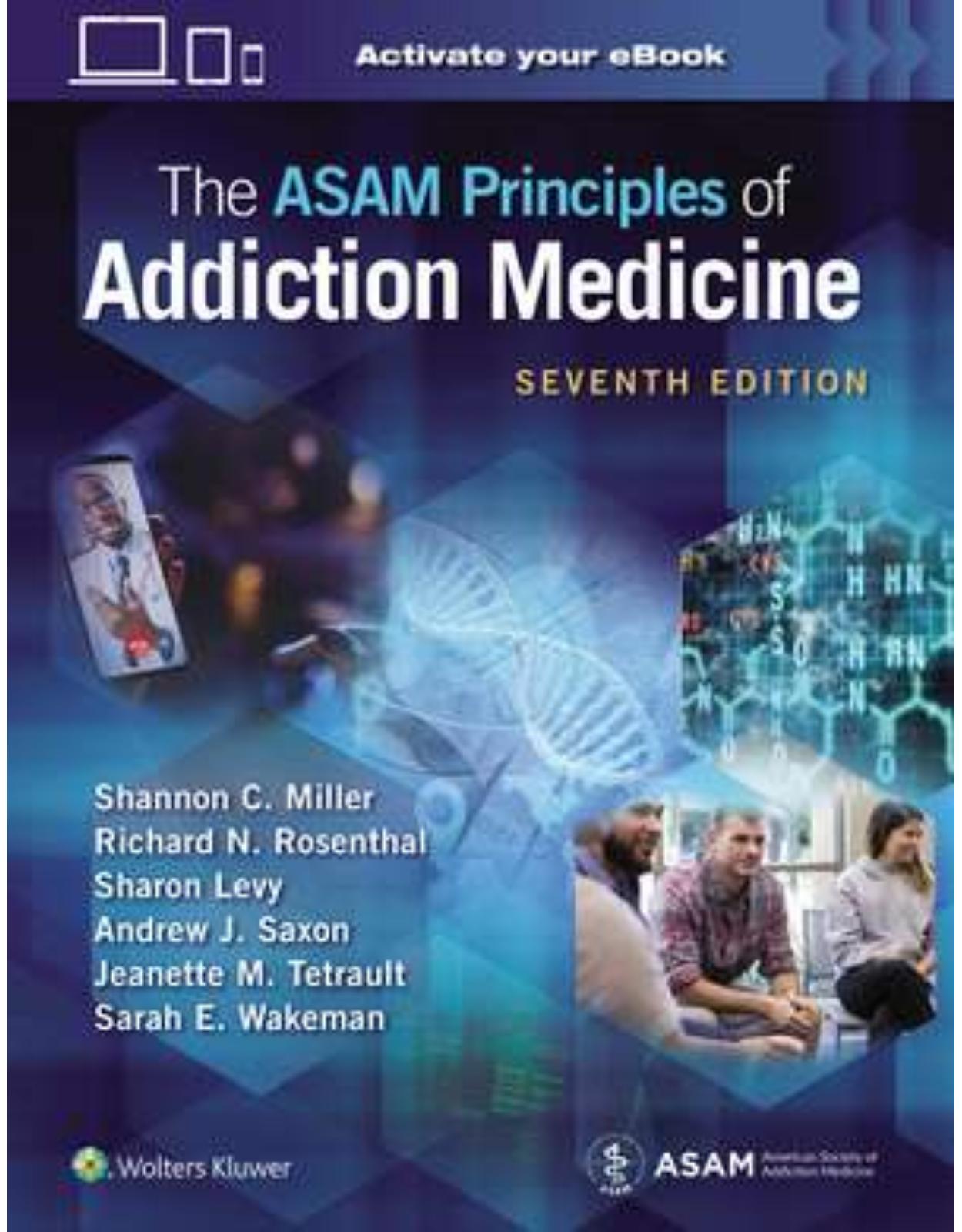
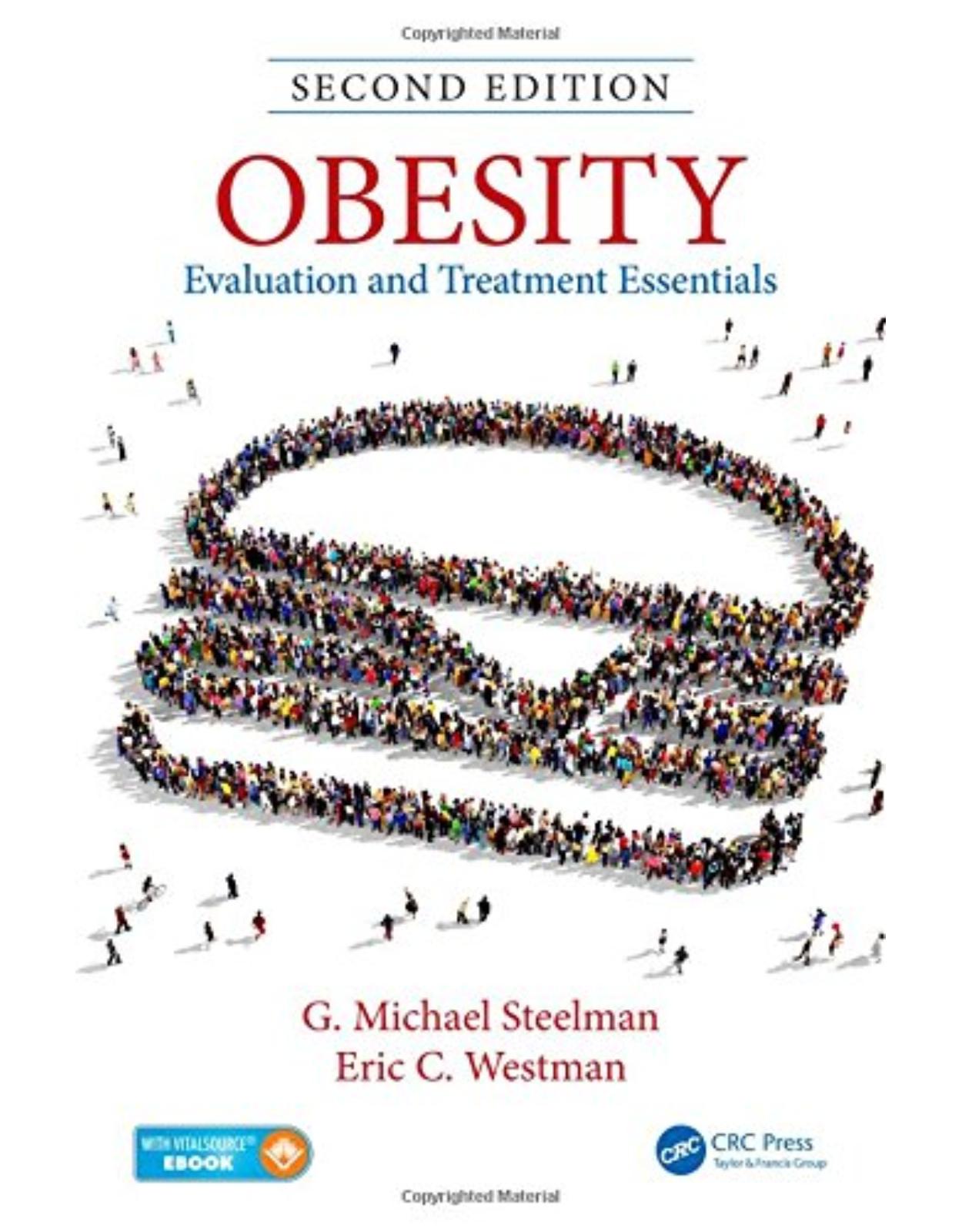
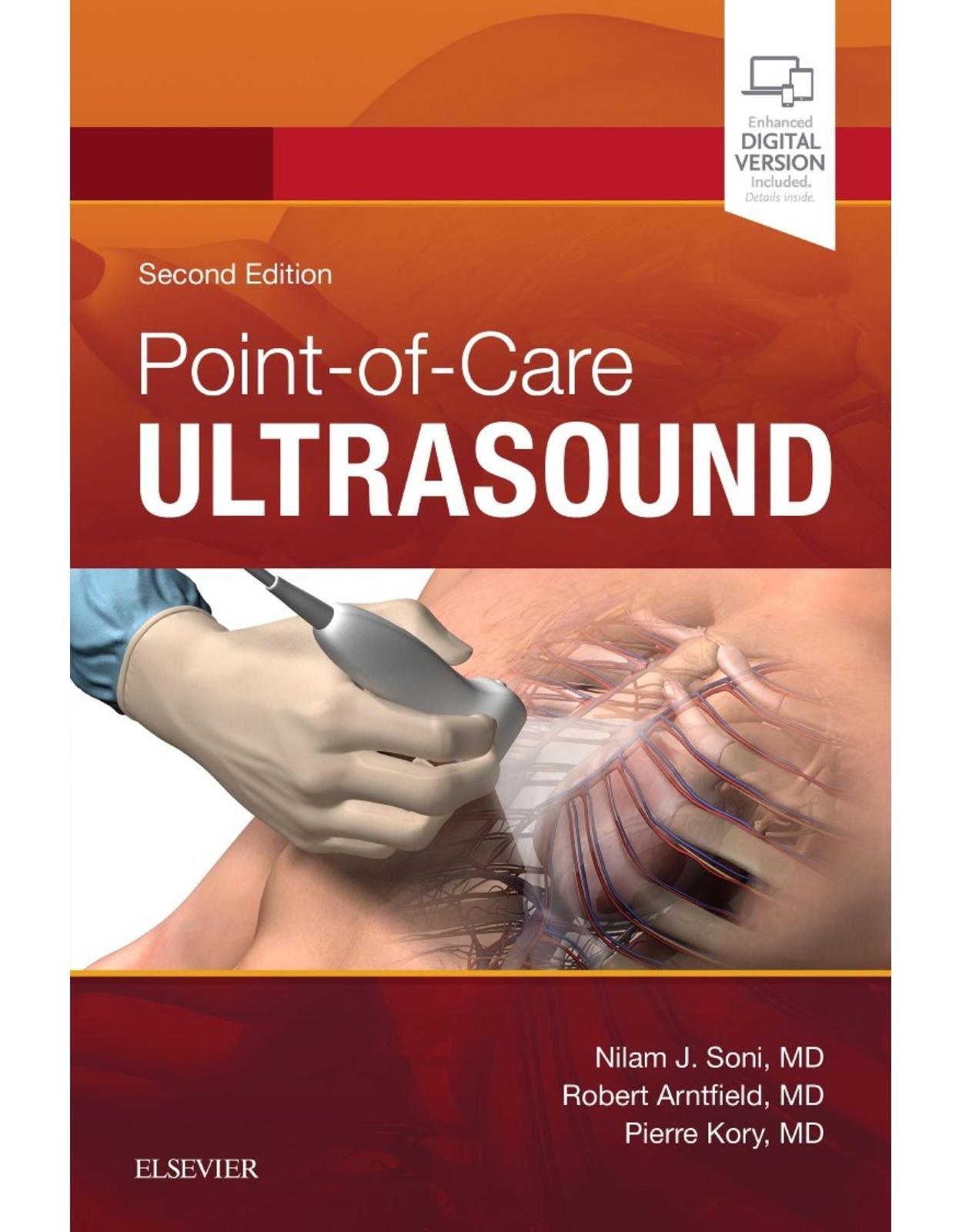
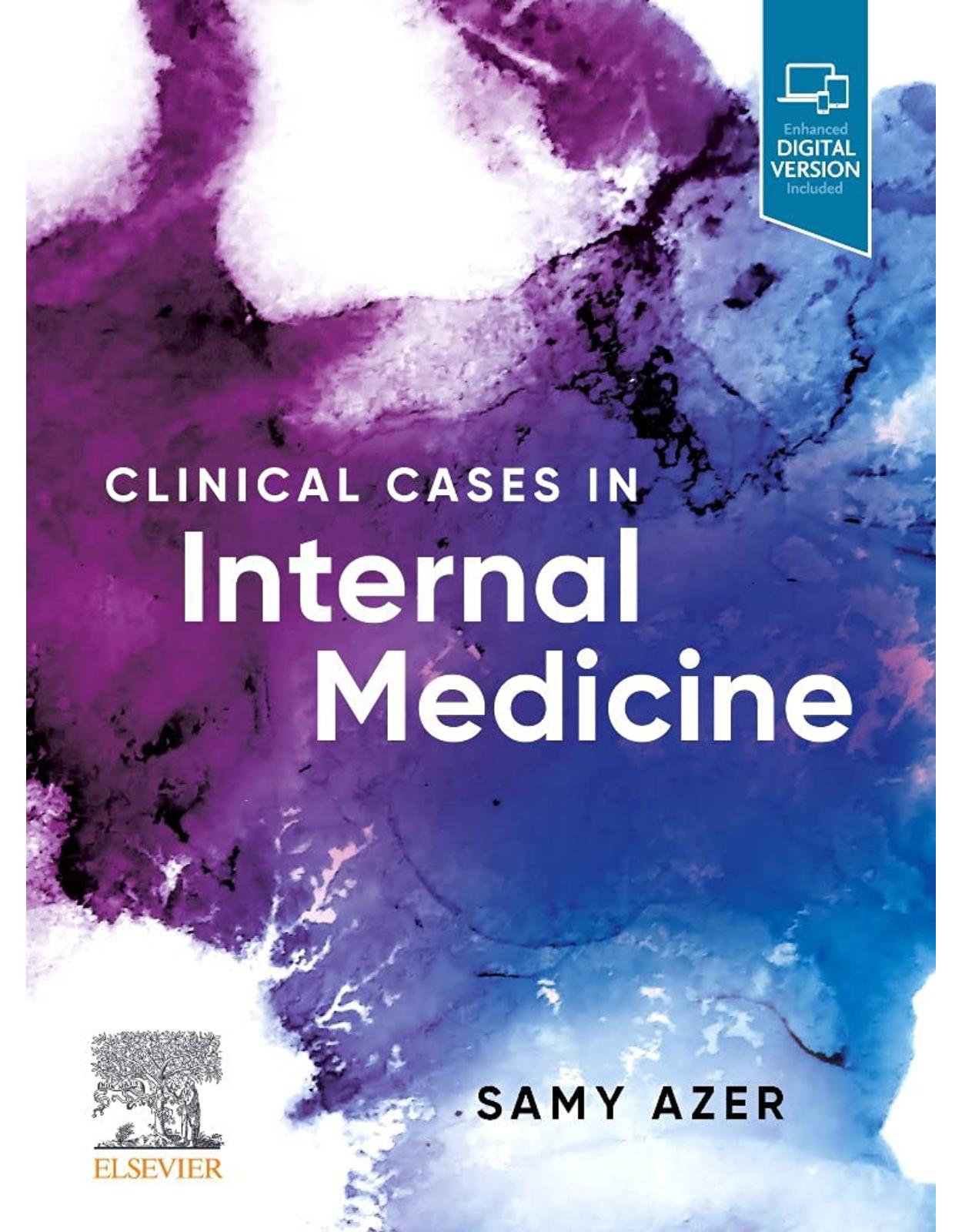
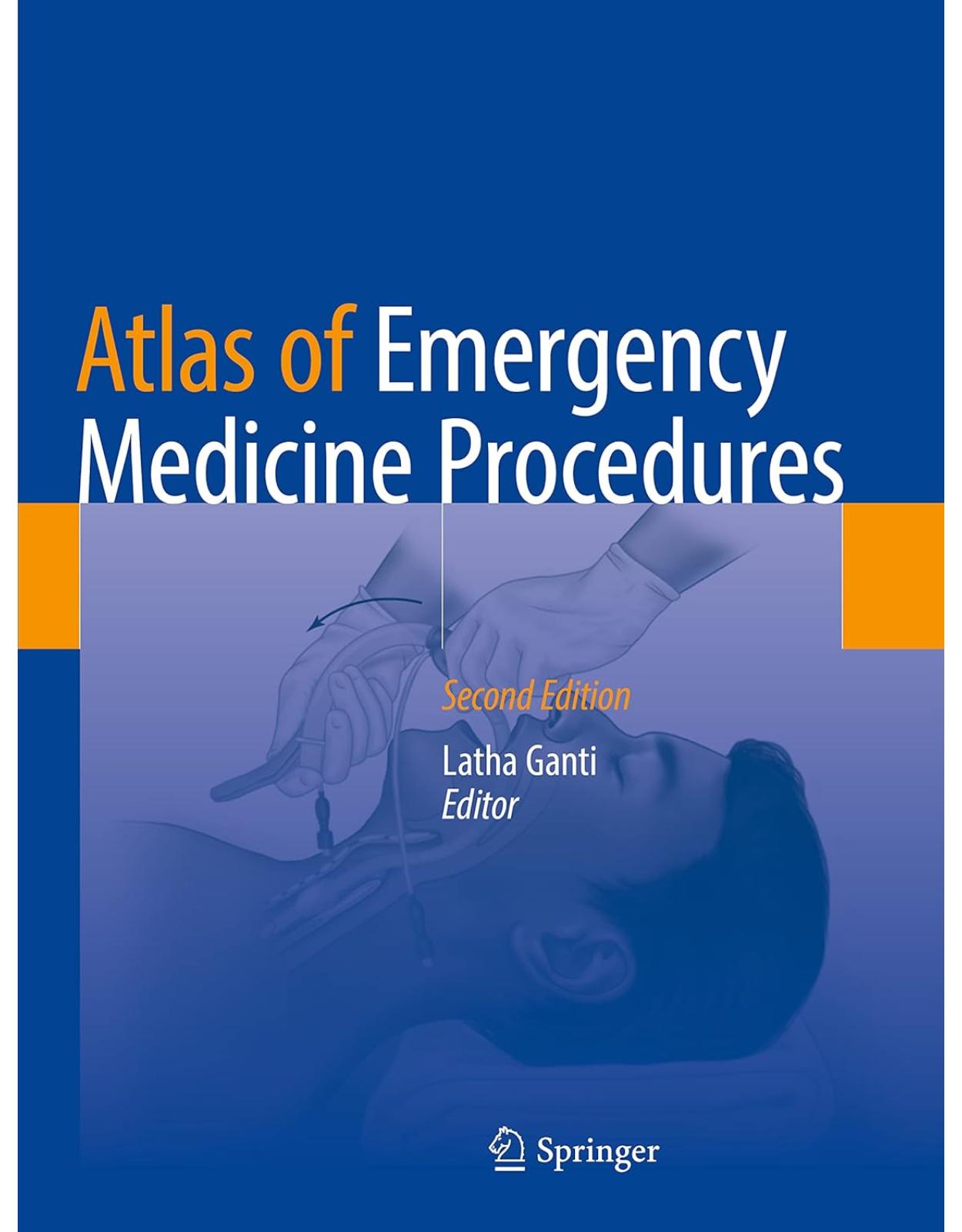
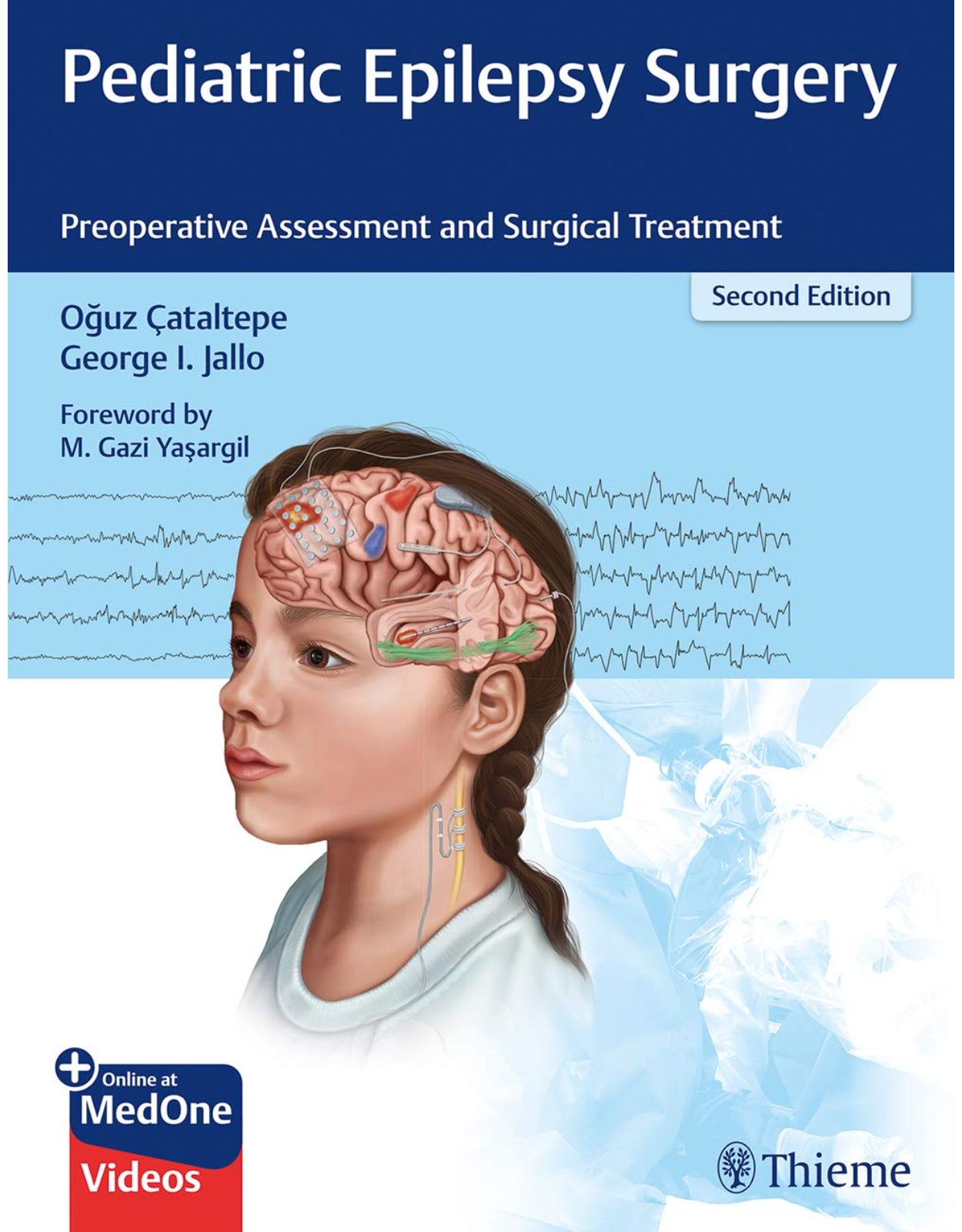
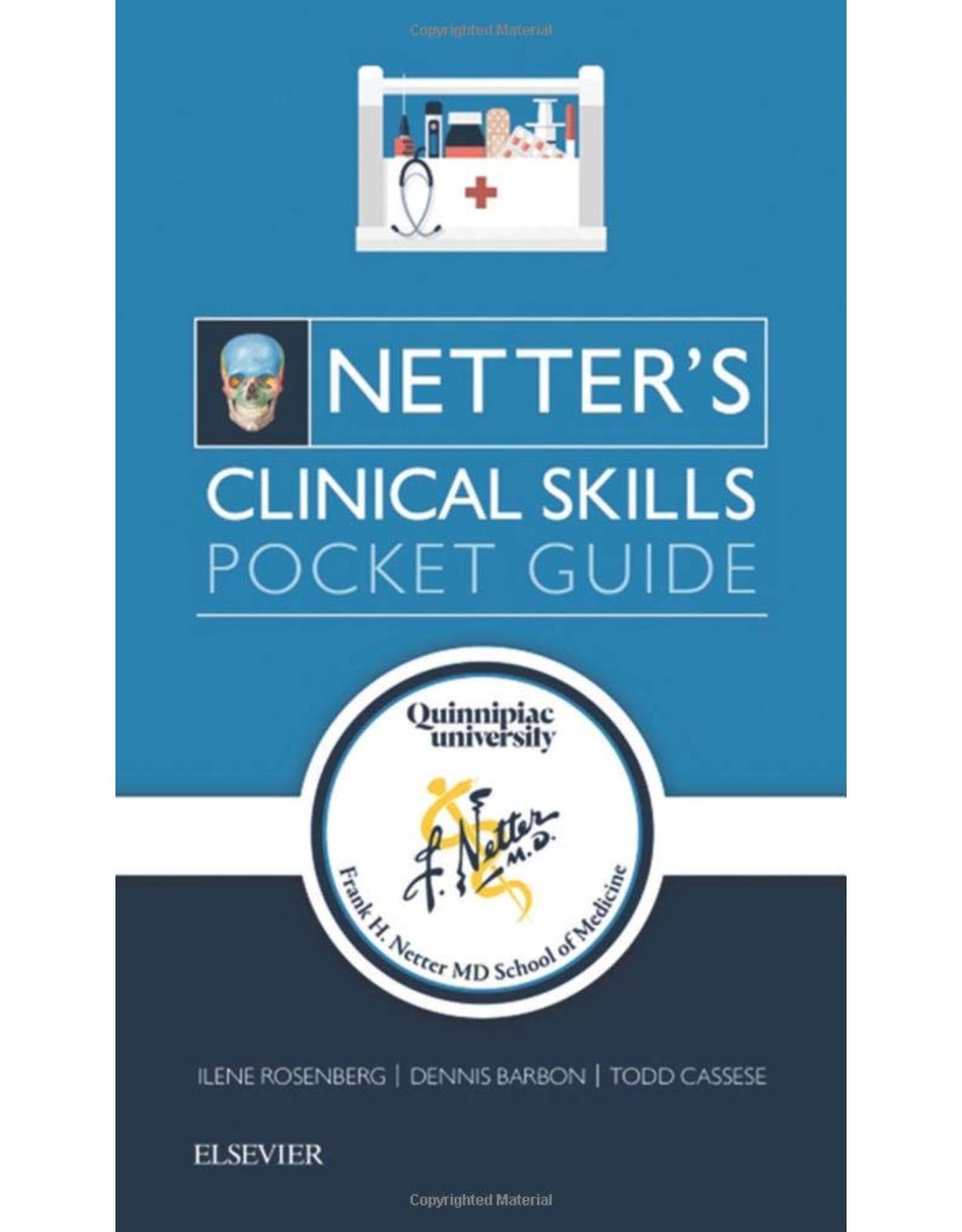
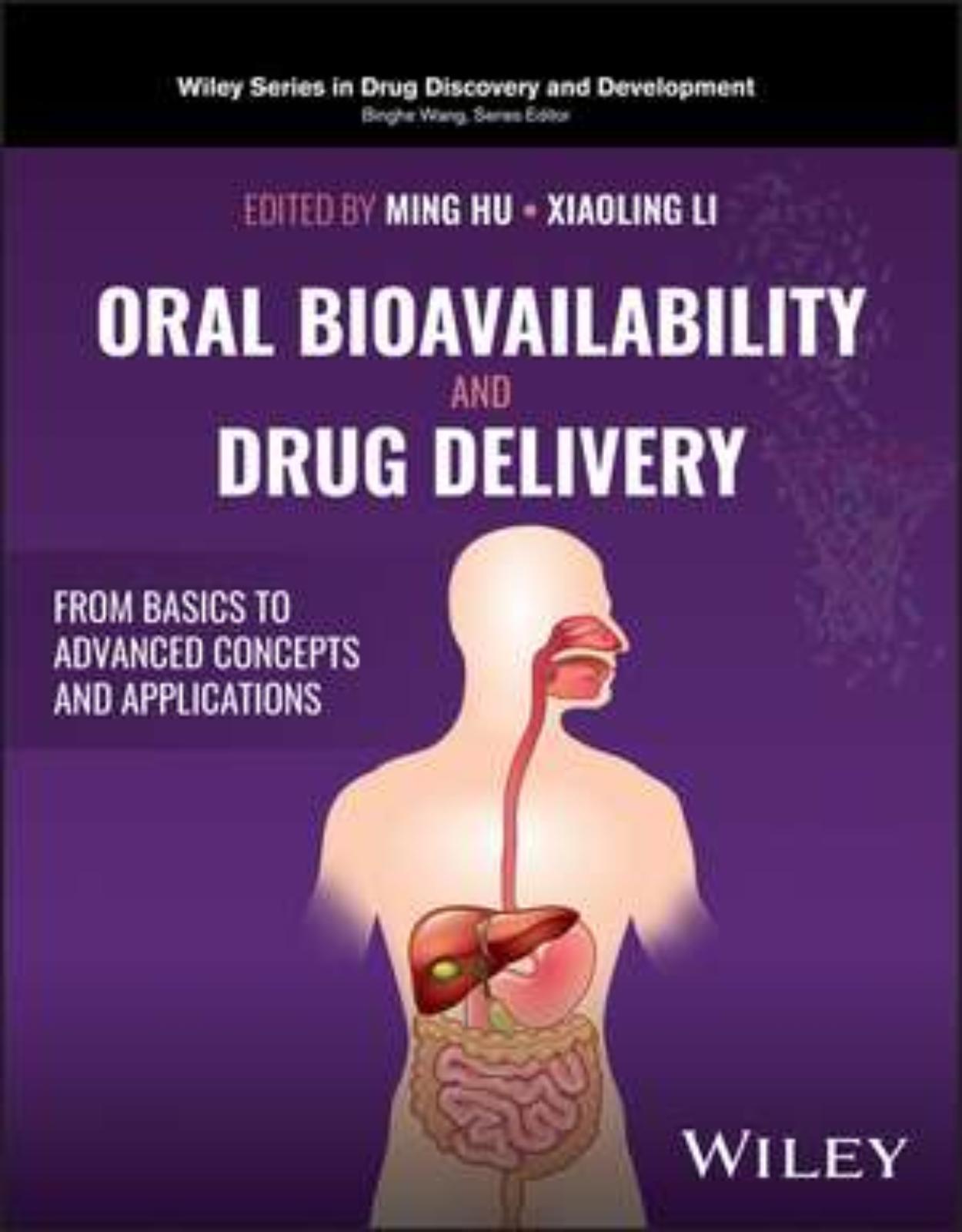
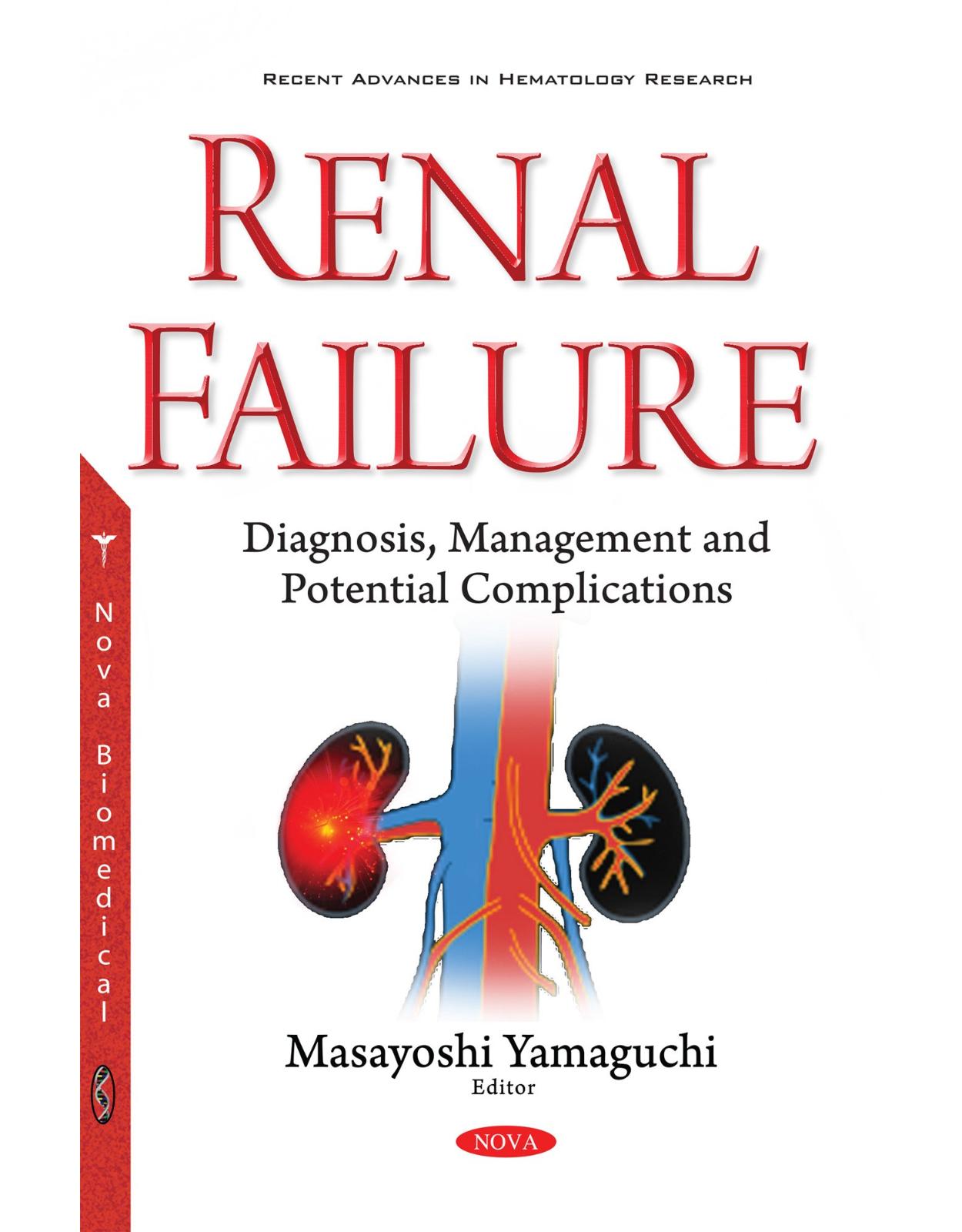
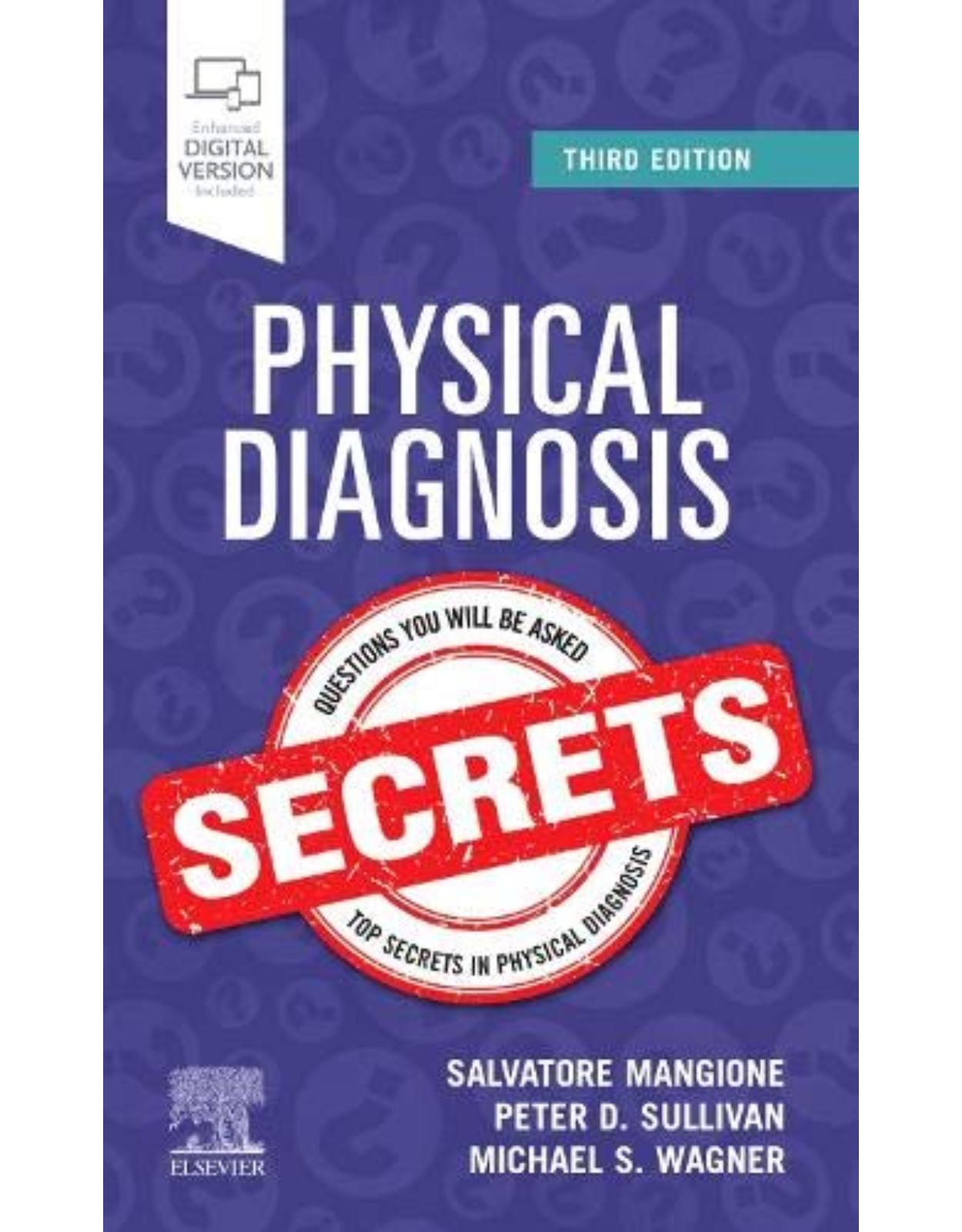
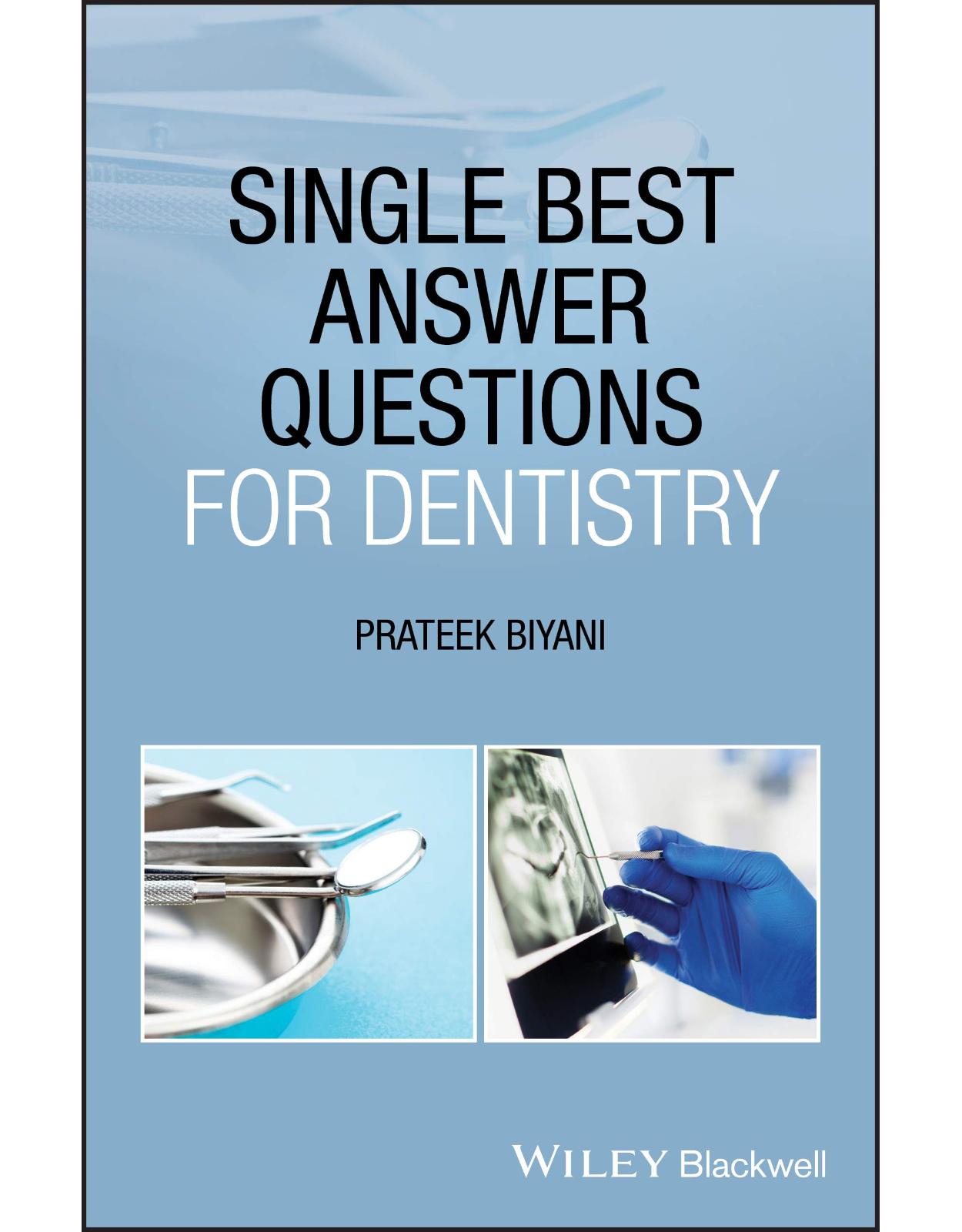
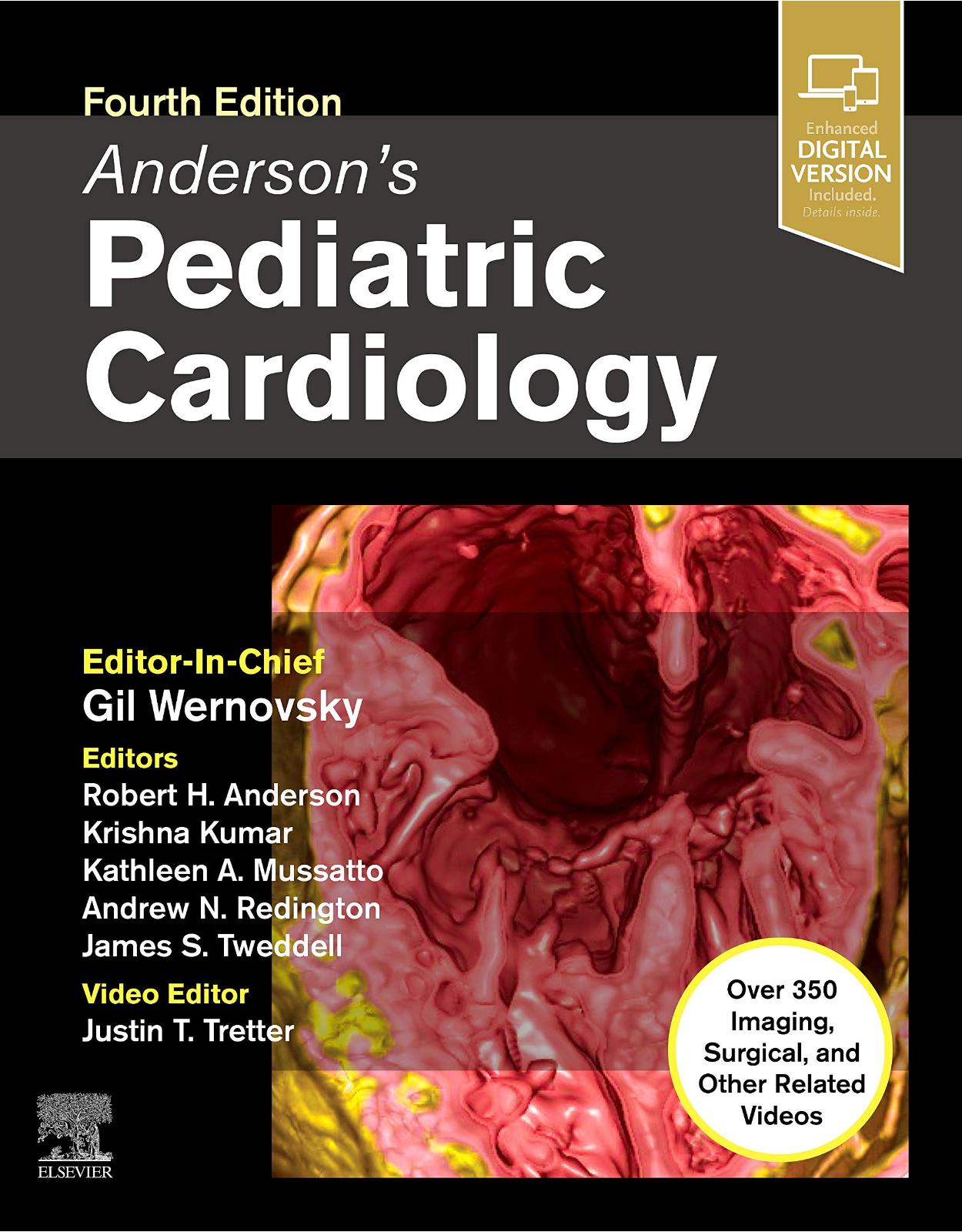
Clientii ebookshop.ro nu au adaugat inca opinii pentru acest produs. Fii primul care adauga o parere, folosind formularul de mai jos.